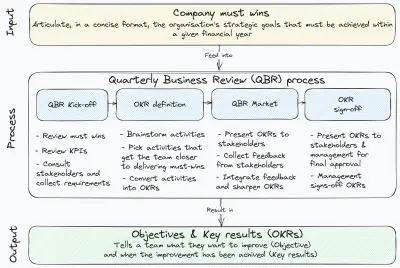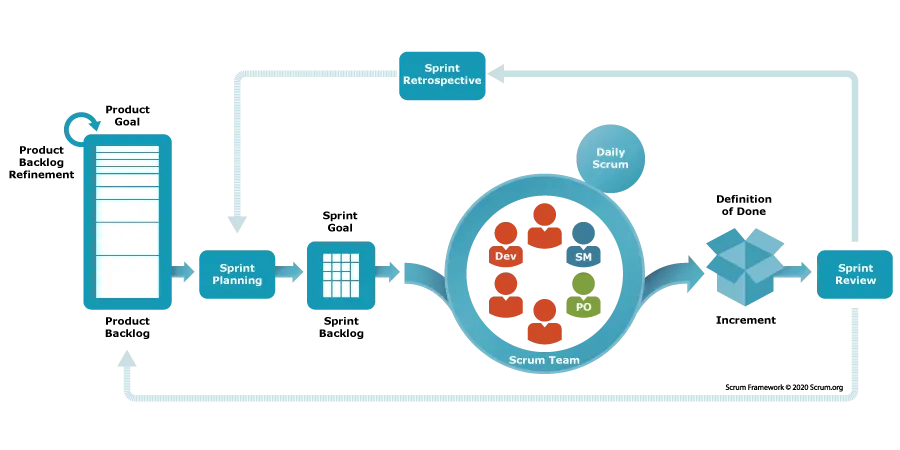
Agile cybersecurity basics
Understand the fundamentals of implementing Agile methodologies within your security organisation
Agile has been spreading across several industries for many years now, with consulting companies promoting it since at least 2017. Through the vehicle of company transformations, agile methodologies such as SCRUM and SAFe are now being adopted by many commercial enterprises.
Cybersecurity teams are often at the receiving end of such transformations. Agile methodologies are frequently imposed by the business with little guidance. As a result, a solid understanding of agile fundamentals (and how to apply them to cybersecurity) is crucial to ensure security teams can successfully integrate these methodologies.


